In Case of Emergency with Dr. Carly Wilbur
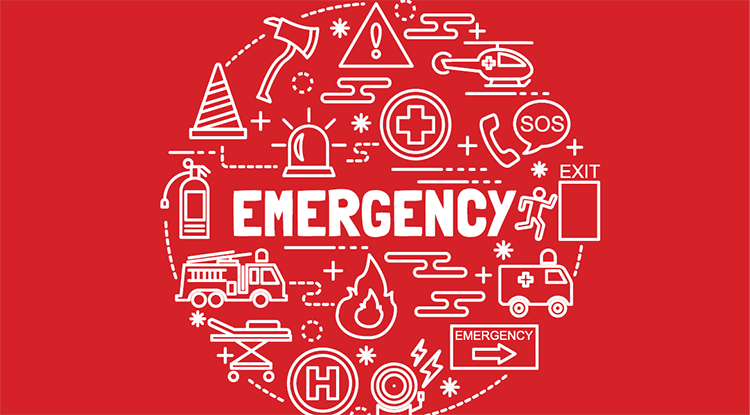
Would you know how to respond in an emergency situation? Some of us learned CPR in high school or for a babysitting class, but how many adults keep up with these skills? No one ever plans to be in an emergency situation, but quick thinking in a crisis can potentially mean the difference between life […]
Teen Invents World’s First Sustainable EV Motor
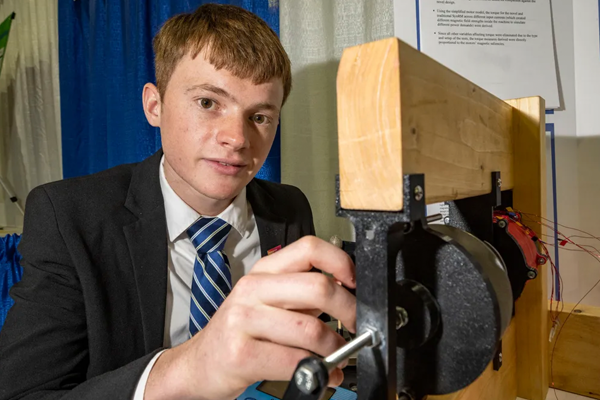
Robert Sansone’s research could pave the way for the sustainable manufacturing of electric vehicles that do not require rare-earth magnets – and he’s only 17 years old! Robert Sansone is a natural born engineer. From animatronic hands to high-speed running boots and a go-kart that can reach speeds of more than 70 miles per hour, […]
Debunking Medical Myths
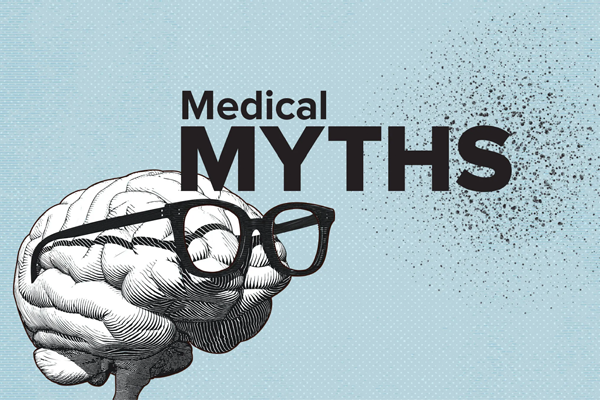
“COLD WEATHER MAKES YOU SICK” Incorrect! Going outside in the wintertime—whether you’re wearing a scarf or have wet hair—isn’t what raises your risk for illness. Seasonal circulation of certain illnesses, particularly Influenza, and the indoor gathering of crowds due to uncomfortable outdoor conditions are what drives the numbers of cold weather illness up. Any […]
What to say to students when the news is scary

The news can be devastating: Communities are reeling after a mass shooting killed 21 people — including 19 children — at an elementary school in Uvalde, Texas. That’s after a shooter, motivated by a racist conspiracy theory, shot and killed 10 people at a grocery store in Buffalo, N.Y., and another shooter in Dallas injured three women of Asian […]
TikTok Banned from all state-owned devices

Ohio bans TikTok from state devices, some officials push for total ban Time is ticking for one of the most popular social media apps in the world. On Sunday night, Ohio Gov. Mike DeWine signed an executive order to ban TikTok from any state-owned device, but some public officials are advocating for a complete ban. […]
Pearl Neumann – AGE 100 – fulfills her goal of earning HS Diploma

At age 100, Pearl Neumann knows it’s never too late to accomplish your goals and earn a high school diploma. In her sophomore year, Neumann dropped out of Spencerport High School in New York to help on the family farm. She went on to be active in the community, helping others, but she never lost her desire […]
9 Facts About Dehydration That May Surprise You

Do you wake up thirsty? If so, the reason may not be that you’re dehydrated from drinking too little water throughout the day. Your body also loses water while you sleep, simply through breathing and sweating. This is one of the lesser known causes of dehydration. How Much Water Do I Need to Drink? The […]
Run DMC Is Helping Students

Please click on the video above or read this short video description below – Rapper Darryl “DMC” McDaniels has had just about every kind of success a person can have. As part of the groundbreaking group Run-D.M.C. McDaniels racked up a formidable list of “firsts” in the hip-hop world, with multi-platinum albums, Grammy awards, rock’n’roll […]
Huge mental health investment coming to Ohio

After making mental health a priority since taking office in early 2019, Gov. Mike DeWine has signed $175 million in mental health expenditures into law. The expenditures are divided into two tranches, according to documents provided by the Office of Budget and Management. “This additional $175 million investment in mental health infrastructure expansion and workforce […]
Should You Be Worried About Cardiac Arrest With Your Child?
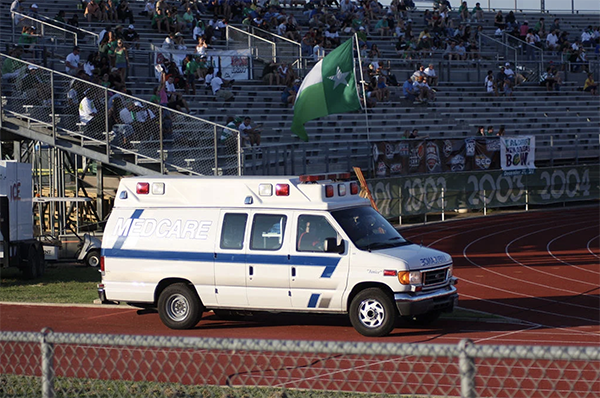
Earlier this month, Buffalo Bills football player Damar Hamlin went into cardiac arrest on live TV after tackling an opponent. Parents of children who play contact sports often lament the risks of broken bones or concussion, but a heart attack? Statistically, Hamlin’s injury is a rarity. Commotio cordis, the onset of a fatal arrhythmia that […]
